Affiliate disclosure: This post may contain affiliate links. Please see our Privacy Policy.
Permaculture can be daunting, especially for beginners with little to no gardening experience. This season-by-season permaculture to-do list will break it all down for you.
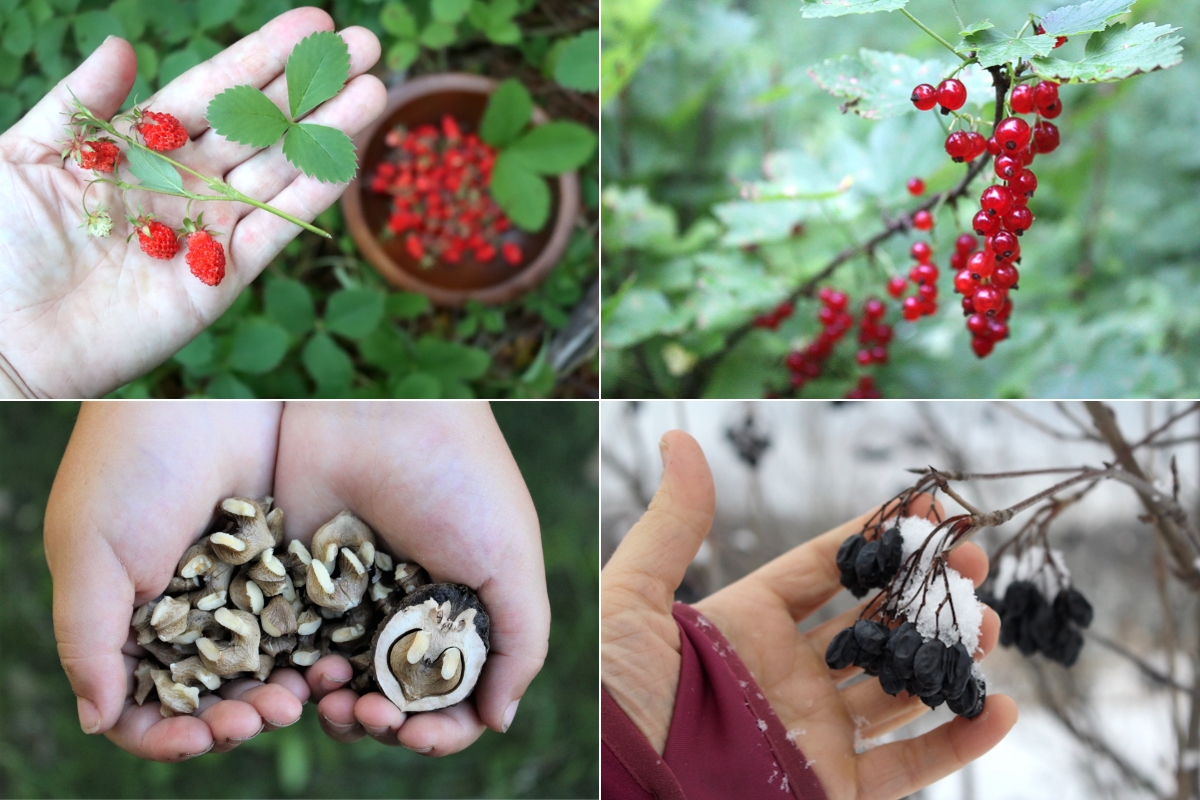
We’ve been living on our permaculture homestead for well over a decade now, and at this point, I finally feel like I’m getting the rhythm of the seasons. I know what I’m supposed to do, not so much by month, but as the seasons change each year.
Sometimes spring comes in March, and other times we’ll have snow in late May. Spring comes when spring comes…but nonetheless, I know what I’m supposed to do in that season. (Whenever it decides to arrive.)
Looking back, I wish I had a season-by-season “to-do” list all those years ago when we started…it would have saved a lot of headaches for sure!
Before I got around to actually writing it all down myself, I came across someone who’d already done the work for everyone!
Rather than reinvent the wheel, I asked Chelsea Green publishing if I could reprint Dani Baker’s Stewardship through the Seasons chapter from her new book Home-Scale Forest Garden, and they graciously allowed me to share it with you.
Dani also lives on a zone 4 homestead, so her “spring” will line up with mine here in Vermont most years. Even still, it’s written by “season” rather than by month so that it’s accessible to you, no matter where you live. This same “to-do” list applies in Zone 8 in the Pacific Northwest as much as it does in Zone 2 up in Canada.

The following excerpt is from Dani Baker’s new book Home-Scale Forest Garden (Chelsea Green Publishing, May 2022) and is reprinted with permission from the publisher. It has been edited slightly for format and length to fit the web.
Stewardship Through the Seasons
The following lists reflect tasks that I undertake during various seasons of the year to manage and maintain my Zone 4 garden. Some garden tasks can be completed at any time of year, weather permitting, and I have not listed those below. Such tasks include staking out new beds and paths, sheet mulching, replenishing wood chip mulch, spot weeding, building hügelkultur mounds, checking and repairing fencing, and readjusting trunk guards and protective cages.
Early Winter
- Scout for snow over trunk guards and remove.
- Clean out old nests from birdhouses; put wood shavings in bottom of chickadee houses.
- Transplant woody herb seedlings into individual containers.
- Order trees/plants/seeds for spring planting.
Mid-Winter
- Scout for and remove snow from trunk guards.
- Check for deer hoofprints inside garden.
- Harvest seeds from plants that hold their seeds through winter and may require cold stratification, such as New Jersey tea, garlic chives, and black locusts.
- Plant chives and garlic chive seeds in flats.
- In the event of a thaw, check for mushrooms fruiting.
Late Winter
- Remove cages around trees that have grown taller than deer can reach.
- Remove screen trunk guards; prune berry bushes and nitrogen-fixing shrubs.
- Prune and thin raspberries and blackberries and add new mulch.
- Layer berry bushes.
- Place dormant wood cuttings in pots or in ground outdoors to start new plants.
- Trim dead tops of woody-stemmed herbs like oregano, thyme, lavender.
- Stomp down dried stems of herbaceous plants like coneflowers, anise hyssop.
- Frost-seed Dutch white clover on paths.
- Install new birdhouses for migrating birds.
- Clean out kestrel and owl houses.
- Check for mushrooms fruiting.
- Order mushroom spawn.
- Remove mulch from top of strawberries and saffron crocus bed and cover with row cover.
- Transplant dormant young trees from nursery to garden as soon as ground thaws.
- Harvest mushrooms, root vegetables, first herbs.
Early Spring
- Build and install mushroom totems.
- Check for mushrooms fruiting.
- Sow perennial vegetable and flower seeds in flats.
- Continue pruning trees and shrubs.
- Replenish crusher run over culverts.
- Rebait electric fence with peanut butter.
- Plant bare-root trees and bushes.
- Plant dormant bare-root herbaceous plants like strawberries, daylilies, and pineberries.
- Put row cover over tulips to deter rabbits and deer.
- Plant root cuttings from herbaceous perennials like rhubarb, comfrey, groundnuts and sunchokes.
- Plant cold-hardy herbaceous perennials like chives and garlic chives.
- Prune grapes.
- Transplant bushes and trees.
- Dig out thistles.
- Stake trees to straighten as needed.
- Tie up young grapevines to direct growth.
- Harvest herbs, flowers, mushrooms, and perennial vegetables.
Mid-Spring
- Mow paths and other grassy areas as needed.
- Complete pruning grapes.
- Scout for mushrooms fruiting.
- Scatter flower seeds in established beds.
- Plant out herbs, flowers, and perennial vegetables grown from seed.
- Plant annual vegetable seeds and sets in new hügelkultur mounds.
- Plant herbaceous plants as well as bare-root and potted trees, bushes, and vines received from nurseries.
- Transplant clumps of self-seeded ground covers like violets.
- Pot up or transplant layered and suckered seedlings marked with stakes in fall.
- Continue potting up rooted cuttings.
- Dig out more thistles.
- Scout for dead trees using the scratch test.
- Prune out dead wood and stems on trees and bushes.
- Harvest herbs, flowers, perennial vegetables, and mushrooms.
Late Spring
- Plant out leafed-out nursery stock and herbs and flowers started from seed.
- Clear brush growing under and around fences.
- Scout for mushrooms fruiting.
- Scout for dead trees and plants— order replacements.
- Net honeyberries.
- Tie up peonies.
- Trellis blackberries.
- Cut comfrey and drop cut tops around the base of trees.
- Mow grass.
- Spread bird netting over red currants and gooseberries.
- Harvest herbs, flowers, perennial vegetables, berries, and mushrooms.
- Freeze strawberries.
Early Summer
- Net sweet cherries.
- Water newly planted herbaceous plants as needed.
- Deadhead valerian, herbs, weeds.
- Thin tree fruits (pears, peaches, Asian pears, apples).
- Prune tips of black raspberries and blackberries.
- Mow paths.
- Trim under fence lines.
- Water thirsty plants such as raspberries if needed.
- Harvest herbs, flowers, berries, perennial vegetables, and fruits.
- Make gooseberry jam, raspberry jelly, red currant jam, and cherry jam.
- Freeze honeyberries, red and pink currants, and gooseberries.
Mid-Summer
- Plant cool-season annual vegetable seeds and/or cover crops on new hügelkultur mounds.
- Cut and drop comfrey.
- Prune out spent summer raspberry canes.
- Clear brush growing under and around fences.
- Plant out remaining herbaceous plants and herbs started from seed in spring.
- Mow between orchard rows and around beds.
- Reseed paths with Dutch white clover.
- Water plants such as blackberries if needed.
- Cut back flower heads on marshmallow and other herbs.
- Protect grapes with netting.
- Harvest herbs, flowers, berries, fruits, and perennial vegetables.
- Make black currant jam.
Late Summer
- Plant oat cover crop on new mounds and sheet-mulched beds.
- Mow grass.
- Scout for mushrooms fruiting.
- Plant saffron crocuses and/or weed-established bed and cover with row cover to protect from rabbits.
- Cover day-neutral strawberries with row cover before frosts.
- Order replacement trees for next year.
- Harvest herbs, flowers, perennial vegetables, fruits, nuts, berries, grapes, and mushrooms.
- Make beach plum, American plum, grape, and aronia jam.
- Freeze raspberries.
- Make grape juice.
- Dry herbs.
Early Fall
- Transplant bushes, and trees to new spots.
- Plant spring bulbs: crocuses, daffodils, tulips.
- Scout for mushrooms fruiting.
- Clear brush growing under and around the fence.
- Replenish chips around the base of tender trees like Asian pears.
- Place screen guards around bushes.
- Prune out spent summer raspberry and blackberry canes.
- Layer berry bushes.
- Order plants for spring.
- Scatter some flower seeds.
- Paint fruit tree trunks white.
- Harvest herbs, flowers, perennial vegetables, fruits, nuts, berries, and mushrooms.
- Make grape jam and raspberry jam.
- Freeze goji berries and autumn olive berries.
Mid-Fall
- Continue painting trunks.
- Continue installing screen guards around bushes.
- Cut down all fall raspberry canes.
- Mark the location of new suckers with bamboo stakes.
- Transplant groundnuts and sunchokes.
- Replenish mulch around rhubarb, peonies, and blackberries.
- Plan for and order plants for spring.
- Harvest herbs, flowers, perennial vegetables, berries, fruits, and nuts.
- Freeze berries.
Late Fall
- Rebait the electric fence with peanut butter.
- Scout for snow over trunk guards and remove.
- Check for deer incursion.
- Apply leaf mulch over strawberries and saffron crocuses.
- Clean out birdhouses.
- Plant woody herb seeds in flats indoors (thyme, oregano, lavender, sage).
- Plan for and order plants and seeds for spring from seed and nursery catalogs.
After late fall, the cycle begins anew!
Permaculture Guides
Looking for more Permaculture Guides?
- How to Plant an Orchard for a Year-Round Supply of Fruit
- 60+ Hardy Fruits and Nuts for Cold Climates (zone 4 or 5)
- Best Permaculture Books
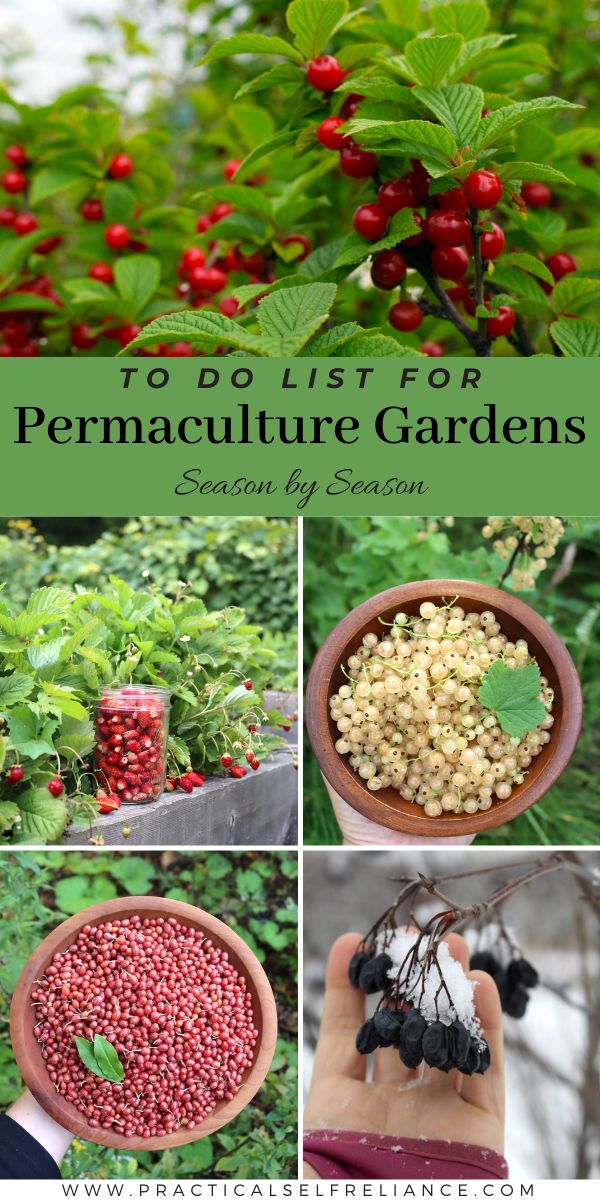
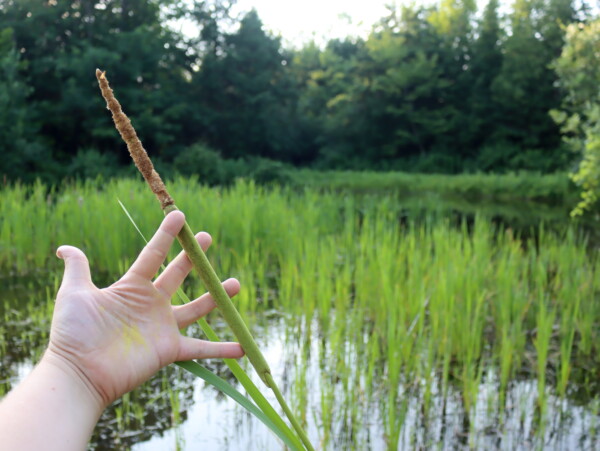
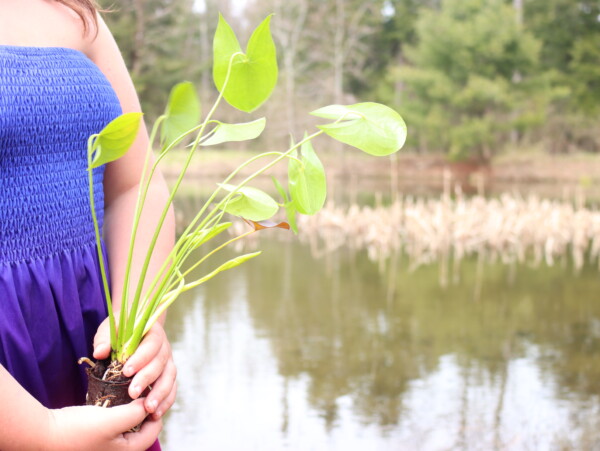
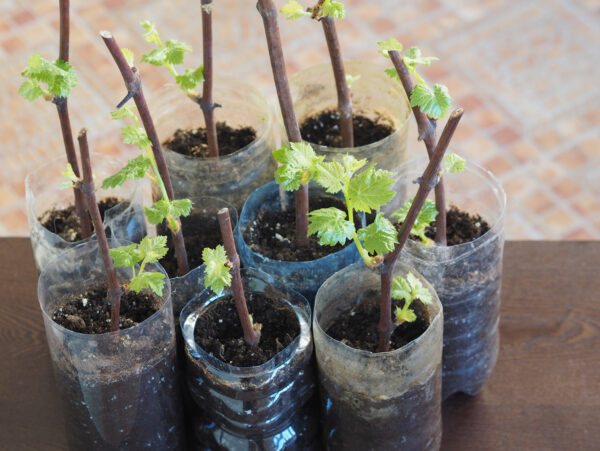
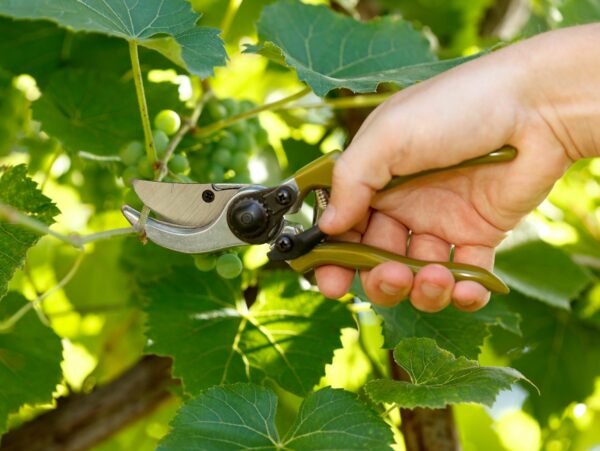










Indeed I was positively surprised to read American people are familiar with Autumn Black Walnuts and Winter Nannyberries. Based on my neighborhood feedback ( Windsor, NY) nobody knows what those berries are. As well, I was shocked to learn last year when I brough sea buckthorn berry and highbush cranberry to local Farmers market : all visitors looked at me like a person selling a witchcraft.
In my motherland Ukraine forest/garden produce use as a medicine in cases except serious sickness. But cold, flu or tonsilitis my people use to prevent or treat naturally: chaga or reishi mushrooms, dogwood flowers, black currant and raw honey, etc.
I’m glad to know the reis a person from Vermont who stays on the same ground and growing real, material, tangible on a soil.
Thank you Bogdan!
We enjoy these plants as food, and forage them in the wild, but the medicinal properties aren’t something I know much about. (Though I know they are used for that in other countries.) I would love to learn about those uses, but I’ve yet to find a good source in English. If you do have one, please do let me know!